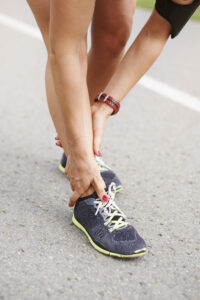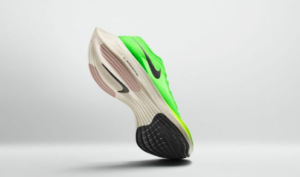Are you suffering from tendinopathy and your recovery is getting complicated?
First we have to understand why the injury occurred. Normally it is about some factor that you have changed in your training or in your day to day.
The most frequent tendinopathies we see are those of the Achilles tendon and the patellar tendon. These tendinopathies are caused by overloading and loading dysfunction of the tendon during exercise. More frequently they are caused by activities where there is impact such as running, volleyball or basketball among others… Other important factors that cause tendinopathy are tendon degeneration, collagen disorganization and other factors such as being overweight.
For a good recovery we have to understand the function of the tendon well. The main functions are to absorb energy and transmit it during movement. For this reason, when planning a recovery from tendinopathy, we have to work on strength, but also on the determinants of speed and plyometrics.
Other factors that are important to consider are:
- Where the lesion occurs, whether it is insertional or in another area of the tendon.
- When pain occurs
- What stage is the tendinopathy in? if it is reactive or there is degeneration
- What physical state do we find in the patient.
At FARR the three determinants we use for recovery from tendinopathy are volume, frequency and intensity. < /span>
The intensity The intensity of physical exercise is the biggest cause of problems. When we talk about intensities we refer to series, speed, jumps, changes of direction, training with unevenness. For a good recovery, intensity is the first thing we adapt/eliminate.
FrequencyThe frequency is the number of times you repeat the physical activity. Recovery time between workouts is important for tendon recovery. Instead of training 4 to 5 times a week we reduce to 2 to 3 times to have at least 48h between sessions. Sometimes we need more time, this depends on the patient and we adapt according to his needs.
The volume
Volume is the distance you do or total time for a workout. The volume is the determinant that affects the least as long as we have already adapted the other two determinants well. That is, if you are a runner and you went jogging and the pain started after km 8, we know that this is your reference. Next time when you go running we will go up to 7km and control the other loads and adapting the tendon with additional exercises to strengthen it.
The main treatment in the acute phase is to reduce pain. Literature has taught us that isometric exercises work very well to reduce pain. The most indicated are 5 series of 30 repetitions for 60 seconds with a maximum load of 70% of body weight.
During recovery from tendinopathy we can tolerate mild pain, that is, on a scale of 0 to 10 it would be 2-3. To train the tendon fibers and recover collagen, physical exercise is best indicated.Specifically, the basis of recovery from tendinopathy is physical exercise, controlling loads with volume, frequency and intensity.












